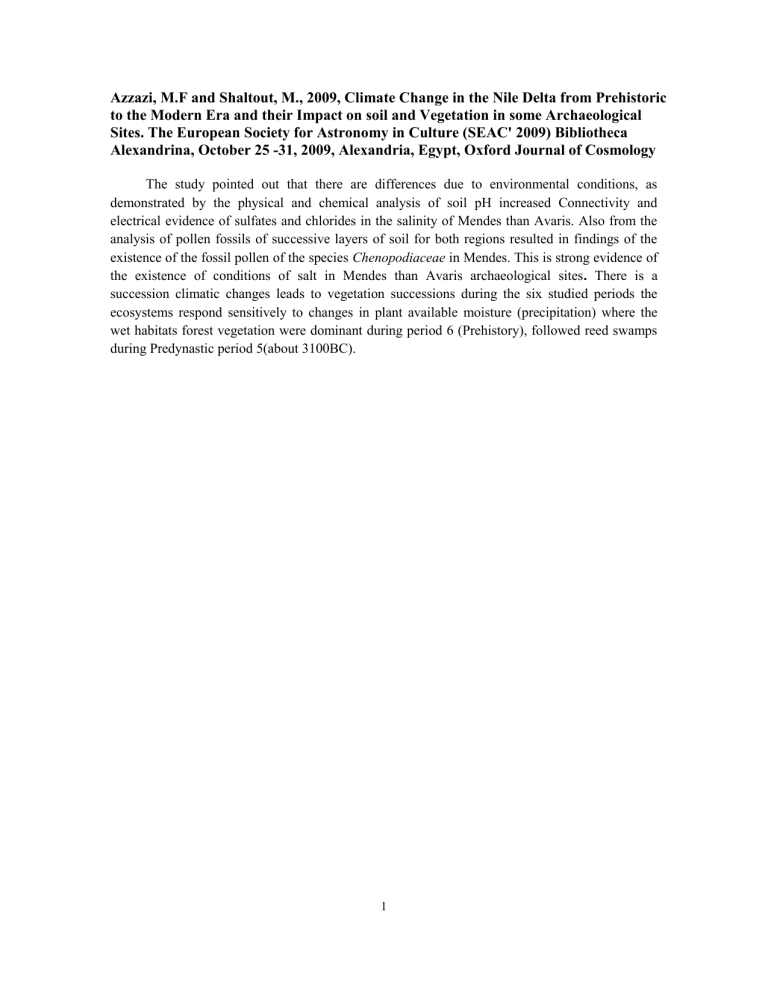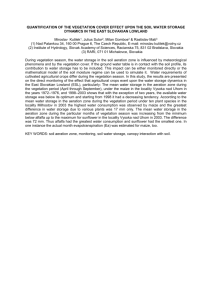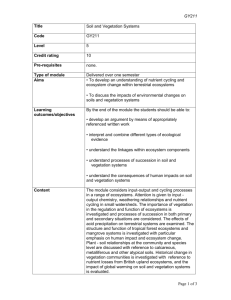Azzazi, M.F and Shaltout, M., 2009, Climate Change in the Nile

Azzazi, M.F and Shaltout, M., 2009, Climate Change in the Nile Delta from Prehistoric to the Modern Era and their Impact on soil and Vegetation in some Archaeological
Sites. The European Society for Astronomy in Culture (SEAC' 2009) Bibliotheca
Alexandrina, October 25 -31, 2009, Alexandria, Egypt, Oxford Journal of Cosmology
The study pointed out that there are differences due to environmental conditions, as demonstrated by the physical and chemical analysis of soil pH increased Connectivity and electrical evidence of sulfates and chlorides in the salinity of Mendes than Avaris. Also from the analysis of pollen fossils of successive layers of soil for both regions resulted in findings of the existence of the fossil pollen of the species Chenopodiaceae in Mendes. This is strong evidence of the existence of conditions of salt in Mendes than Avaris archaeological sites .
There is a succession climatic changes leads to vegetation successions during the six studied periods the ecosystems respond sensitively to changes in plant available moisture (precipitation) where the wet habitats forest vegetation were dominant during period 6 (Prehistory), followed reed swamps during Predynastic period 5(about 3100BC).
1











